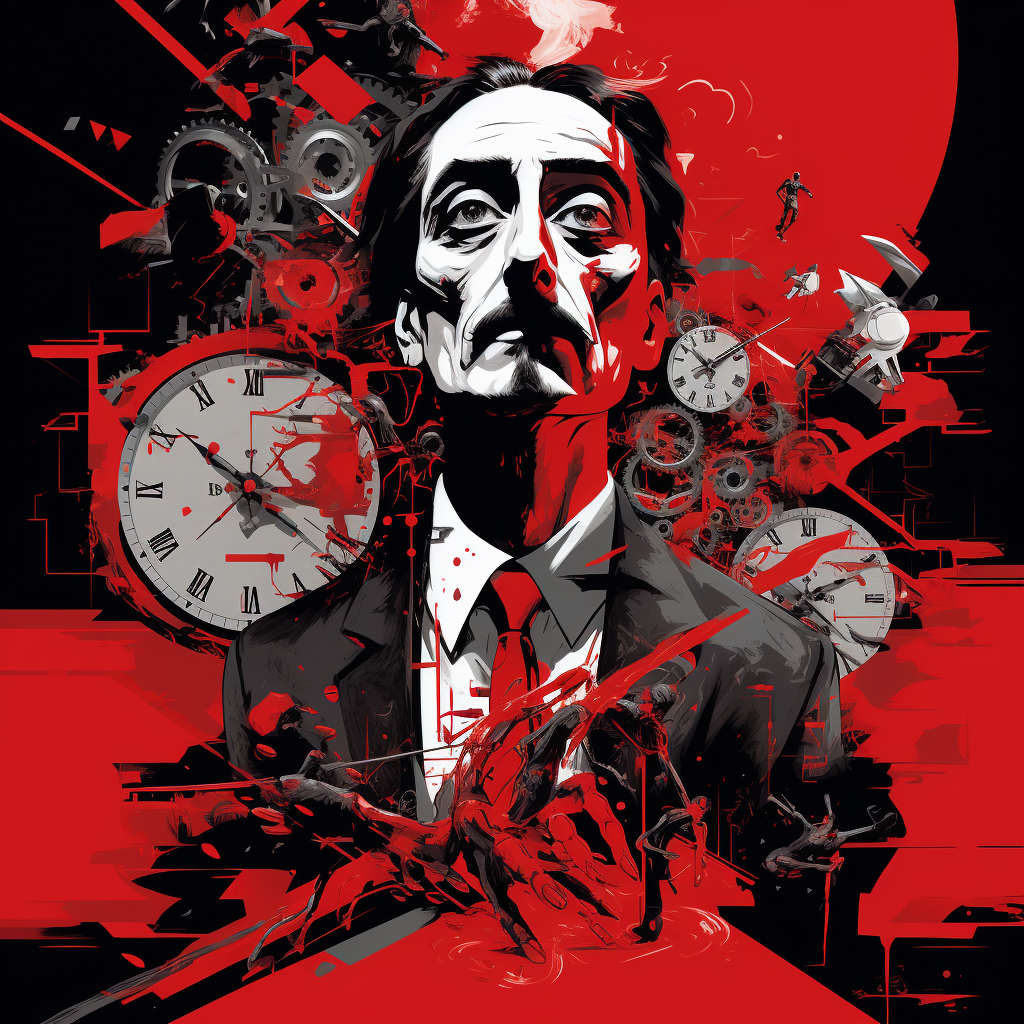
Salvador Dali, The Conquest of the Irrational
Inevitably, as I conduct artificial intelligence-based workshops for journalists and other content creators, a nuanced topic bubbling to the surface has to do with the intricate relationship between creativity, technology, and human consciousness in the context of AI, all of which invites contemplation on the profound implications and existential questions raised by the fusion of art and science in the digital age.
It is in that intricate, but also so interesting relationship, between the fusion of art and science, that lies the difficulty of writing and conducting workshops about artificial intelligence. One could be conducting a very specific training session on tips for effective prompt engineering, but questions arise about what I refer to as the dance between humans and bots. Participants in these workshops want answers based on rational thinking, on the tangible, the here and now.
At moments like that, I turn to an artist that we associate with the crazy and the irrational—as in melted clocks. I refer to Salvador Dali who, in one of his long essays, The Conquest of the Irrational (1935), about what he considered a sort of “overrated” sense of worth attached to things that most people describe as rational, wrote:
Salvador Dali, The Conquest of the Irrational
“We are swimming between two kinds of water, the cold water of art
and the warm water of science”
(I have included excerpts from The Conquest of the Irrational essay as captions under the illustrations through this post.)
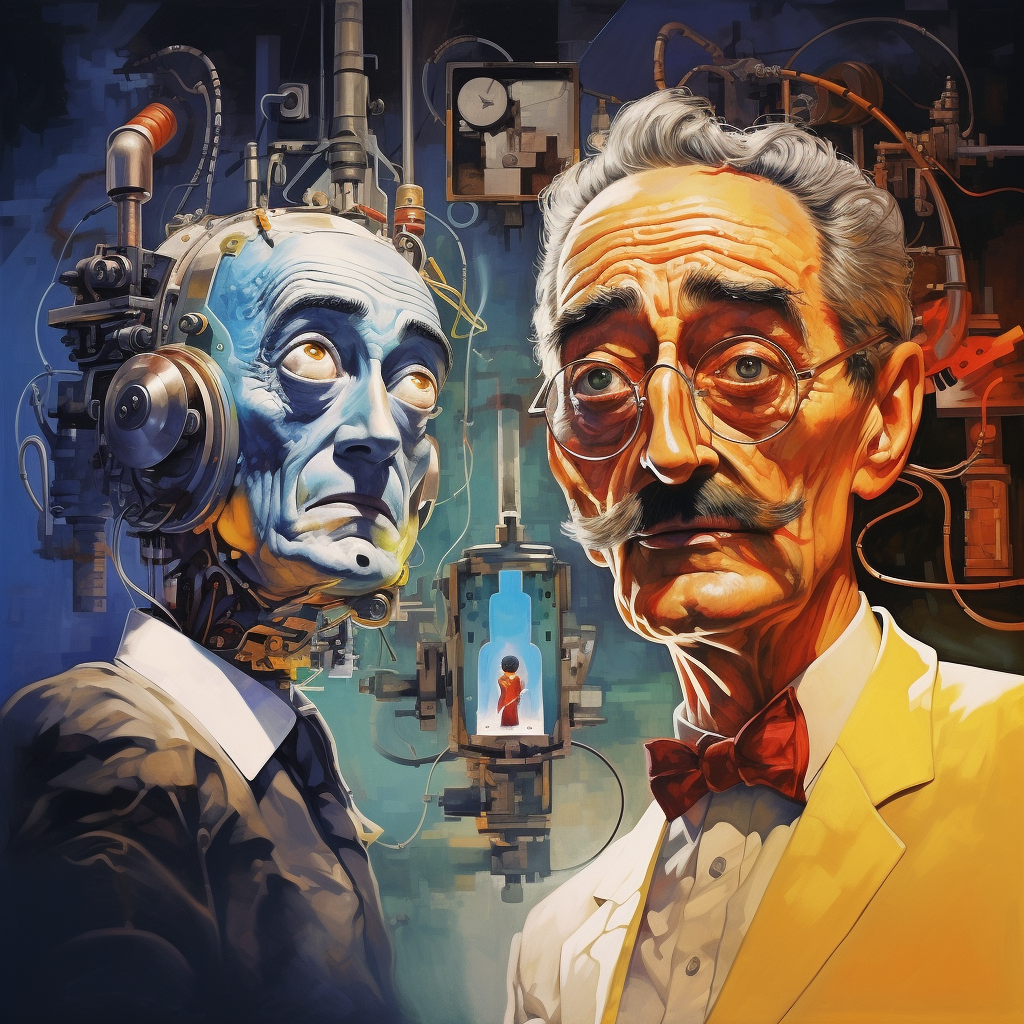
Salvador Dali, The Conquest of the Irrational
AI fears and doubts
Dali’s statement about swimming between the “cold water of art and the warm water of science” can be metaphorically connected to the current state of doubt about artificial intelligence.
In Dali’s analogy, the “cold water of art” represents the subjective, imaginative, and often unpredictable realm of creativity and human expression. This can be likened to the artistic aspects of AI, where algorithms are used to create artwork, compose music, or generate literature. These endeavors raise questions about the essence of creativity, originality, and the role of human intuition and emotion in artistic creation. I often raise the question: Is there such a thing as Artificial Creativity?
On the other hand, the “warm water of science” symbolizes the logical, rational, and systematic approach to scientific inquiry and technological advancement. In the context of AI, this refers to the development and application of algorithms, machine learning, and neural networks to analyze data, solve complex problems, and simulate human intelligence. Nothing can be more rational or scientific than that. It is the “warm water of science” that feeds the engines of AI so that we, as content creators, can use it to inspire us, augment our factual knowledge of a specific topic, or serve as the crane doing the heavy lifting—accumulating data and transcribing documents for an investigative reporter or expediting the layout for the print edition of a newspaper or magazine.
The juxtaposition of these two “waters” reflects the tension and interplay between the artistic and scientific aspects of AI. There is a constant dialogue between the creative endeavors of AI and its technical underpinnings, leading to a fusion of art and science in the development and interpretation of AI technologies.
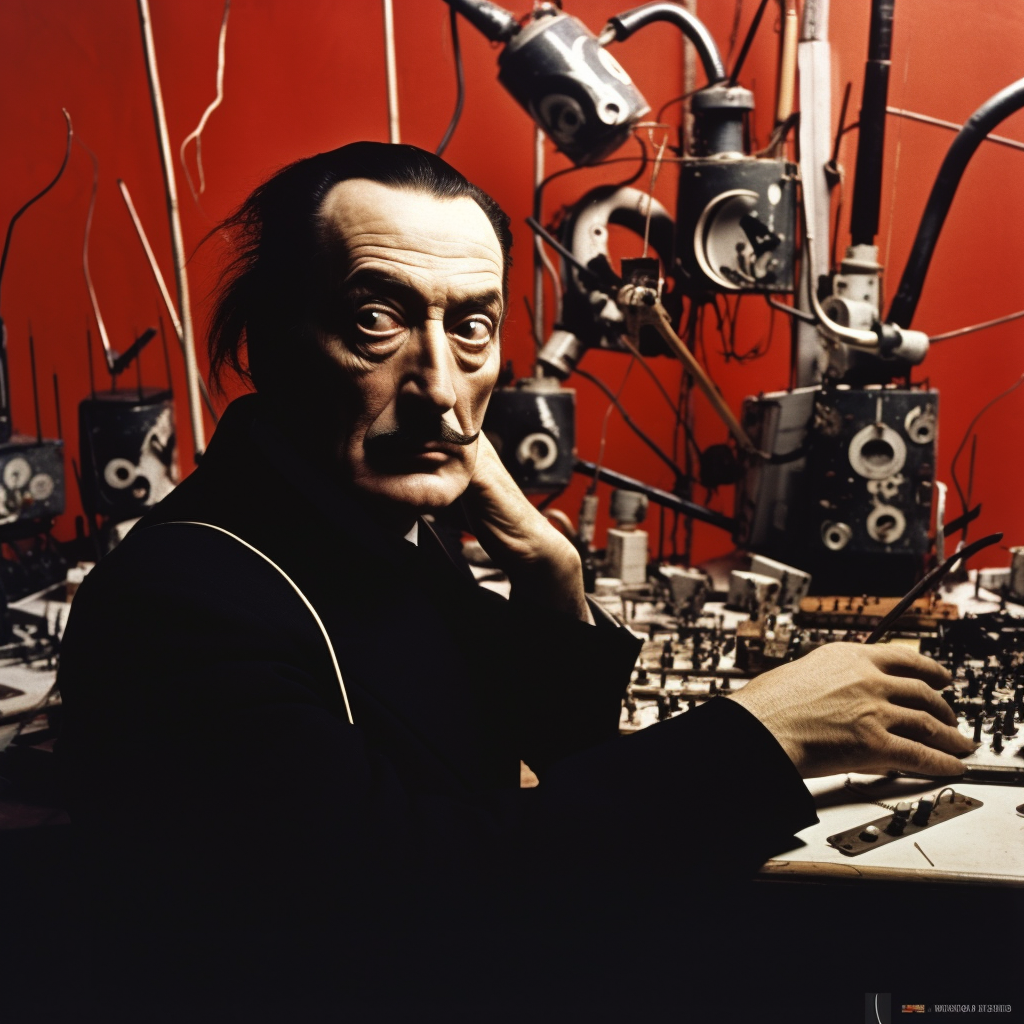
Salvador Dali, The Conquest of the Irrational
The fusion of art and science for content creators

Salvador Dali, The Conquest of the Irrational
For journalists, the fusion of art and science is not limited only to the challenges that AI presents today. Since the Internet became a major force in the newsroom, around 1996, journalists have had to adapt much of what they do as writers, editors and designers, to satisfy technological needs. In the case of mobile storytelling, the new technology has redefined the genre of news writing, forcing writers to alter how they structure stories for mobile consumption. In the process, traditional story structures and conventional ways for readers to consume stories have changed. Instead of seeing photos and then reading the text in a traditional print arrangement, mobile users read a story that interchangeably combines text and visuals.
Of course, that fusion of art and science is clear cut and does not pose important questions such as: who owns the content that we get from AI? What if the bot hallucinates and fabricates the wrong information? Who do I credit when using an illustration generated by AI? With the fusion of art and technology in the creation of a mobile story, nobody philosophizes about right or wrong issues. It is a fusion that, for the most, flows naturally. The fusion of art and science, the cold and warm temperatures of the two disciplines, seem to have a more difficult time converging so far, although I don’t anticipate that this will be a long-lasting situation.
In his essay, Salvador Dali mentions “agitated profundity” and “irrational and moral hyper-lucidity” which capture the complex and sometimes polarizing, contradictory nature of AI. While AI systems can exhibit remarkable feats of problem-solving and decision-making, they also grapple with inherent biases, ethical dilemmas, and uncertainties. This ambiguity mirrors the experience of swimming against the current, navigating through the murky waters of AI’s potential and pitfalls.
The positive side of AI for content creation

Salvador Dali, The Conquest of the Irrational
Yes, those are murky waters we are navigating with AI, especially in newsrooms, where change is slow and attachment to legacy practices is more robust. However, as I write this blog, I am hopeful to see the many favorable developments of AI:
- Just this week, Quartz reported that “generative AI is presenting new opportunities for augmenting the reporting process and storytelling itself. From helping with copy editing to surfacing insights buried in vast troves of data, the latest breed of AI can and in some cases already is equipping journalists with powerful tools to elevate their craft. And as the technology evolves, its potential to bolster accuracy, efficiency, and depth of coverage promises to reshape journalism and the news business.” https://qz.com/ai-news-media-business-1851372001
- Both The New York Times and The Washington Post have named an editor to head their AI initiatives.
- NYT names Zach Seward editorial director of AI initiatives (https://www.axios.com/2023/12/12/nyt-hires-ai-director-newsroom-new-york-times)
- Read Zach Seward’s insightful comments about AI here in a speech to the SXSW 2024 event: AI News That’s Fit to Print https://www.zachseward.com/ai-news-thats-fit-to-print-sxsw-2024/
- Washington Post names Phoebe Connelly senior editor for AI strategy and innovation (https://www.washingtonpost.com/pr/2024/02/20/phoebe-connelly-named-senior-editor-ai-strategy-innovation/)
Finally, my Columbia University students are preparing their final projects in which they must examine an area of AI for content creation where there is positive utilization of what AI has to offer for journalists. While these projects are not due until May 6, I can already see that the topics all show that the fusion of art and science, the mixing of cold and warm water temperatures, seems to be advancing well.
I think that were he with us Dali would be quite involved with some aspect of AI, perhaps even encouraging us to open up our minds to conquer the irrational.
Here is the complete text of Dali’s The Conquest of the Irrational
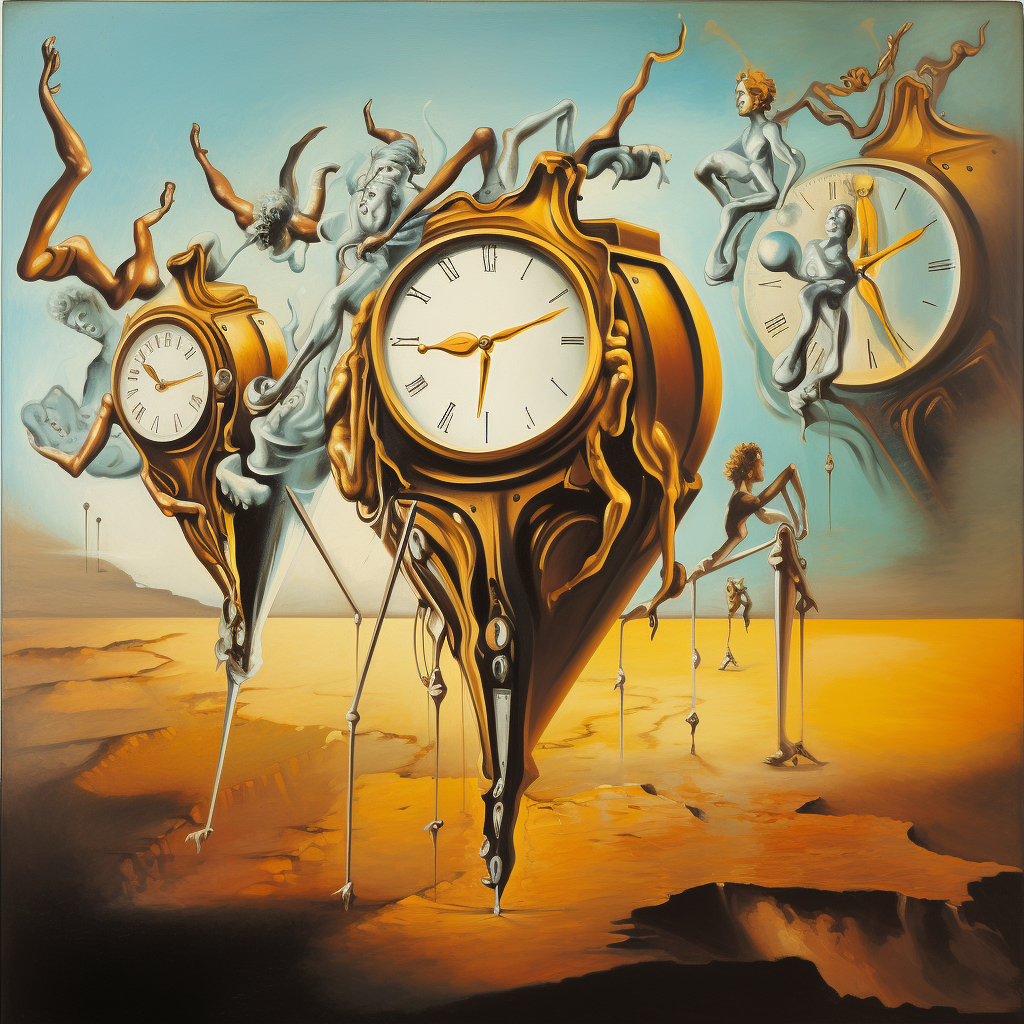
*You will find that, just like his paintings, Dali’s writing tends to take detours that often confuse as much as they delight. Think melting clocks turned into long and rambling paragraphs.
https://www.abuildingroam.com/2010/12/salvador-dalis-essay-conquest-of.html
*Some ideas in this blog post were inspired by ChatGPT
*All illustrations accompanying this blog post were created using Midjourney.
Our workshop deals with the two big revolutions facing editors
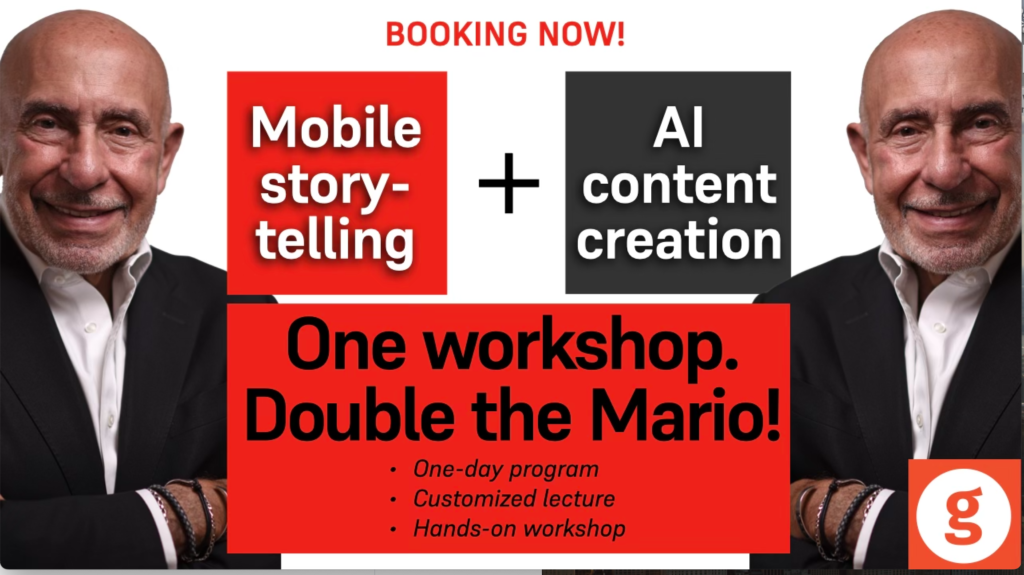
For me, it is imperative that editors approach content creation thinking in terms of mobile first.
Mobile first involves the type of transformation where all content is prepared thinking from small to large platform. Thinking small platform does not mean that the reporter conceptualizing a story for mobile consumption should not think BIG. So, plan from small to large, but think big in terms of the story content and the visual assets that go with it.
While mobile first is still elusive to so many newsrooms around the planet, here we are, in 2024, faced with an even bigger challenge not just knocking at our doors, but already IN: Artificial Intelligence.
Transformation and a change of mentality to face these challenges is the first step. Training and education to tackle them with a sense of focus and direction is essential.
That’s where our Garcia Media workshops come in
Our Garcia Media Mobile Storytelling workshops introduce your editorial team to the way we write, edit and design for mobile platforms. This one-day program includes a presentation and a hands-on workshop. We’ve added a new segment about AI for content creation.
For details, to customize, and to book: mario@garciamedia.com
Order my new book AI: The Next Revolution for Content Creation:
Join me on the road:
Appearances and conference
https://linktr.ee/themarioblog (https://linktr.ee/themarioblog)
Mario’s AI speaking engagements coming up
Here you see where I will be discussing AI at various events. Feel free to send me an email (mario@garciamedia.com) if you have questions about any of these events. You can always go directly to the organization’s website for additional information.
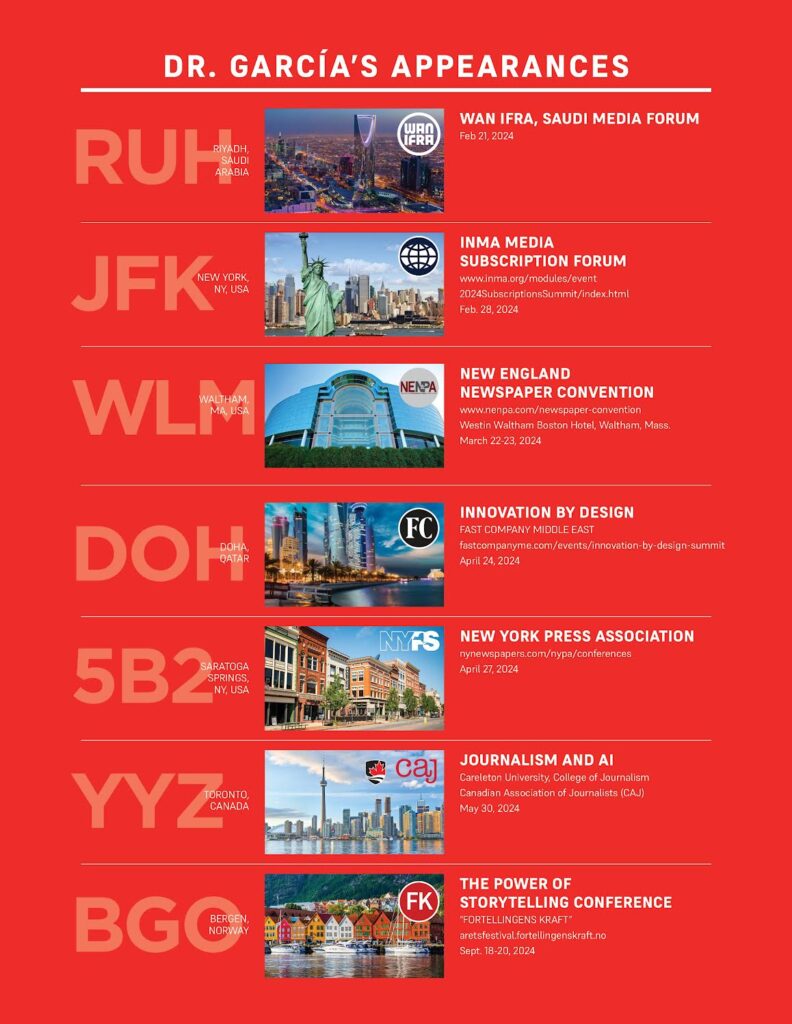
Hoping to see you along the way!
Artificial Creative Intelligence blogs of interest:
The following blog posts all deal with Artificial Intelligence and creativity:
Media predictions for 2024
Every year, Harvard University’s Nieman Lab publishes what selected media people predict for journalism in the following years. You can find my own prediction here;
https://www.niemanlab.org/2023/12/ai-takes-center-stage/
Start writing or type / to choose a block
How we use AI
Honored to be mentioned here:
https://www.newsroomrobots.com/p/how-10-news-industry-leaders-use
Order my new AI book here:
https://thaneandprose.com/…/preorder-ai-what-to-expect…
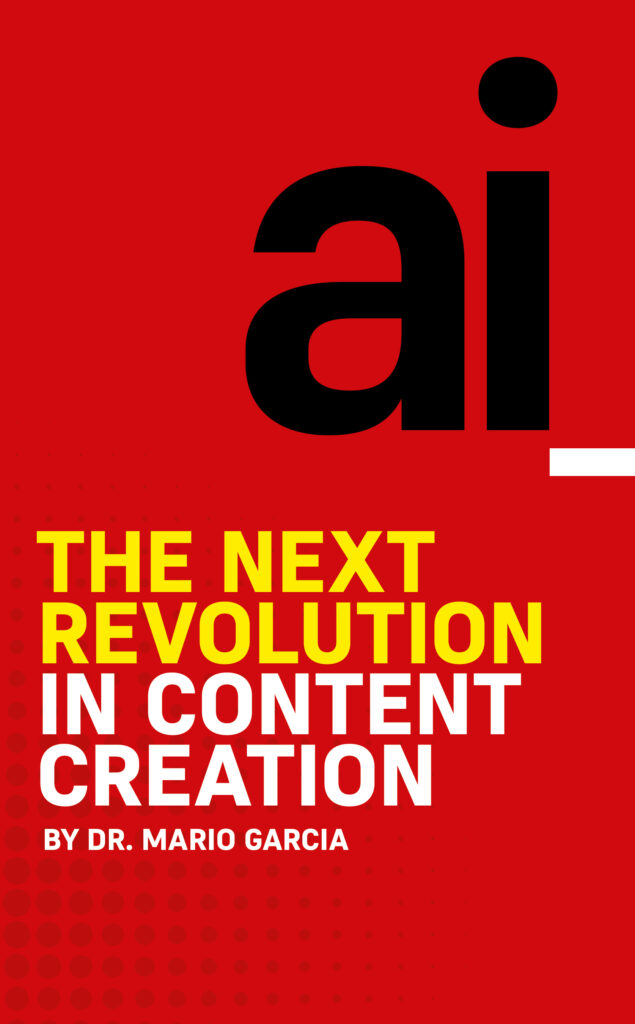
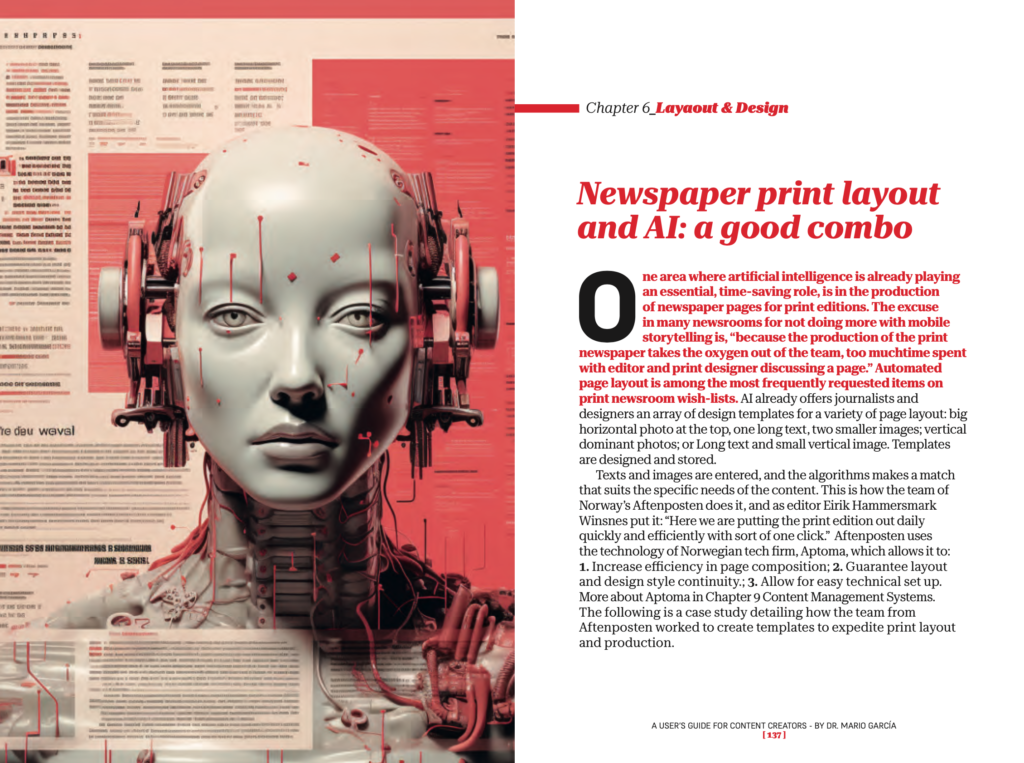
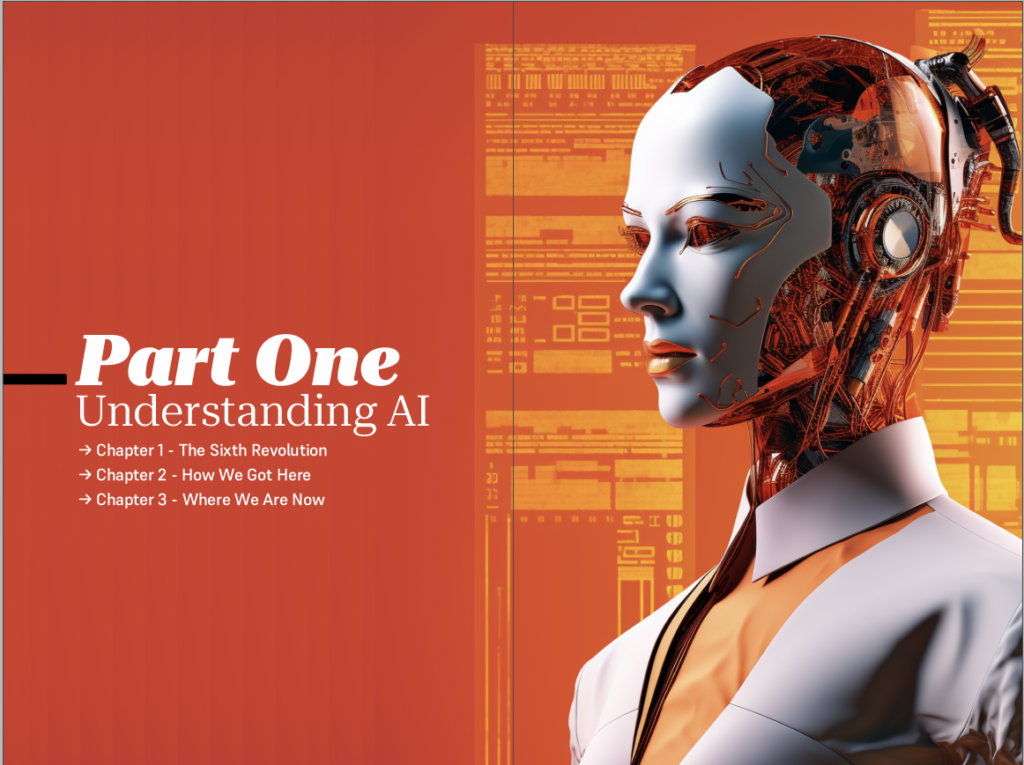
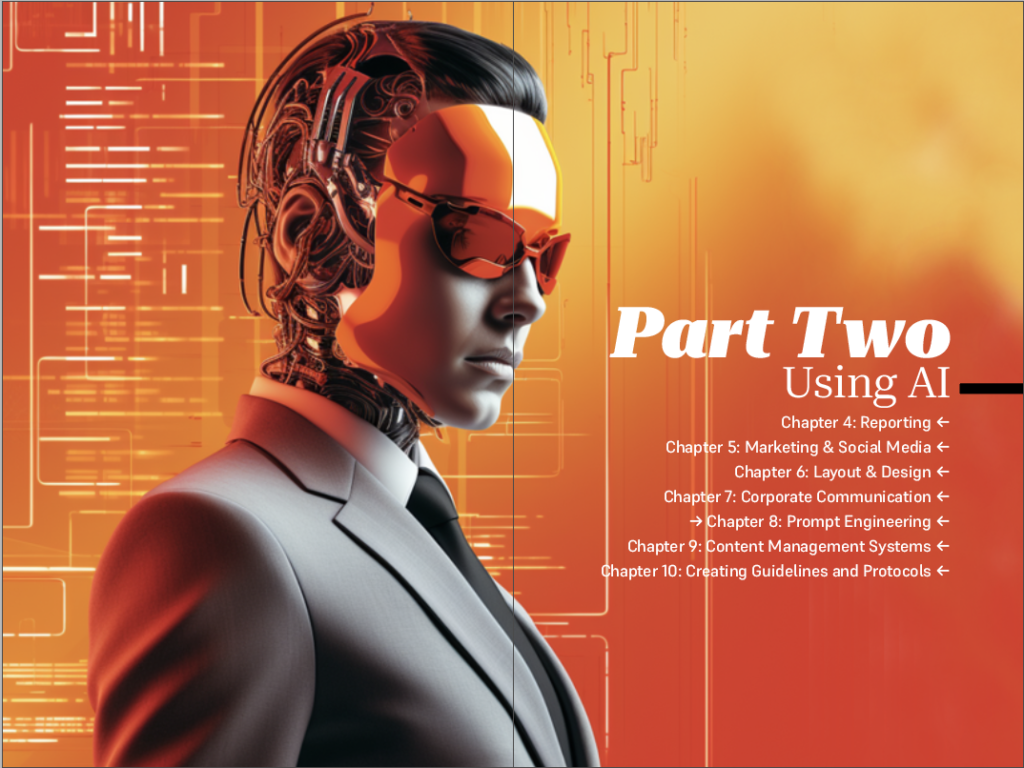
Here is a chance to pre-order my new book about Artificial Intelligence and content creation. The first 25 copies sold will be signed! Order here:
https://thaneandprose.com/…/preorder-ai-what-to-expect…
Reviews for AI book:
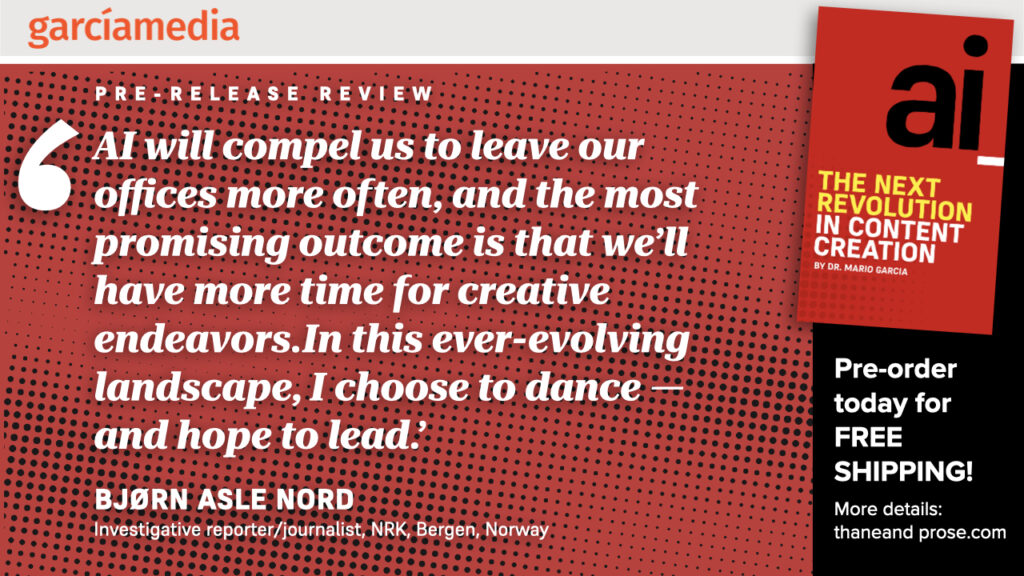
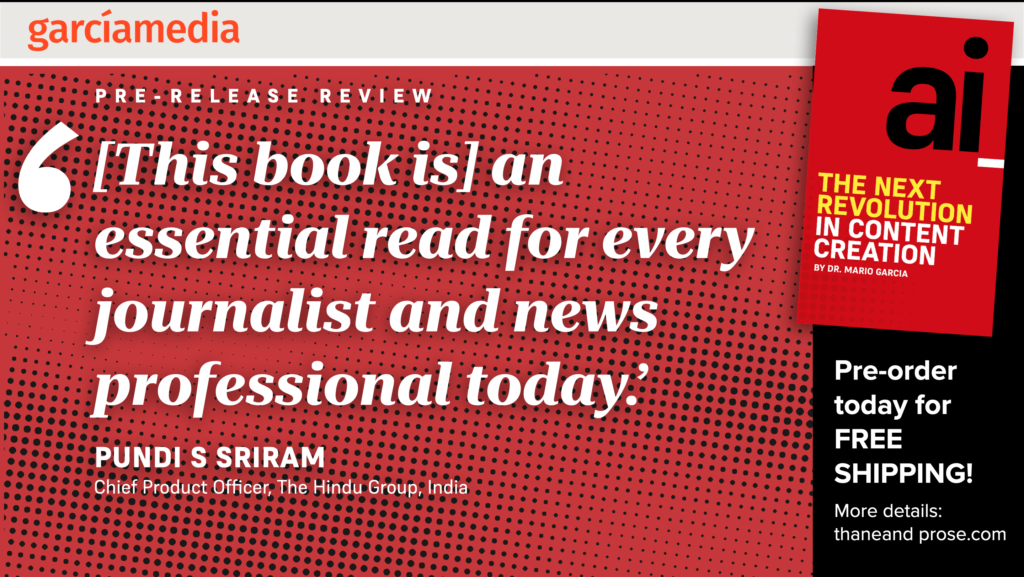
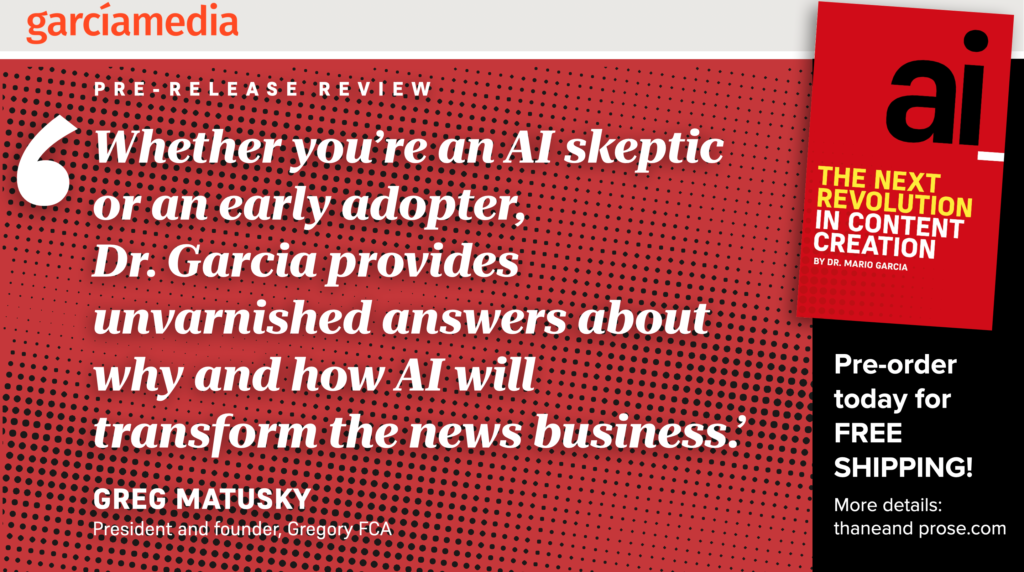

Newsrooms around the planet have gone mobile-first after a Garcia Media workshop!
Our Garcia Media Mobile Storytelling workshops are proven to introduce your editorial team to the way we write, edit and design for mobile platforms. It is a one-day program that involves a presentation (where I summarize my Columbia University class content), and follow it with a hands on workshop.
Did you read The Story yet?
I urge you to consult my latest book, The Story, a trilogy full of tips and explanations about mobile storytelling, which represents the latest genre for journalists to explore. See information below:
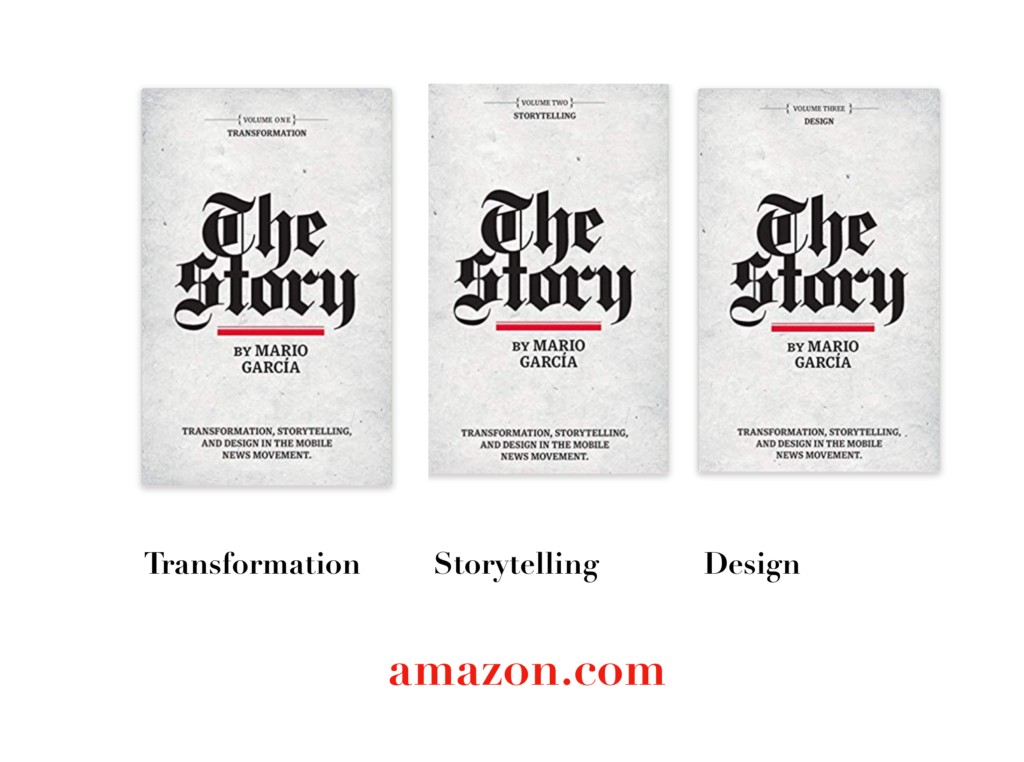
The full trilogy of The Story now available–3 books to guide you through a mobile first strategy. Whether you’re a reporter, editor, designer, publisher, corporate communicator, The Story is for you! https://amazon
Volume 1: Transformation
https://books.apple.com/us/book/the-story-volume-i/id1480169411
Volume Two: Storytelling
https://books.apple.com/us/book/the-story-volume-ii/id1484581220
Volume Three: Design
https://books.apple.com/us/book/the-story-volume-iii/id1497049918
Order the print edition of The Story, from Amazon, here:
TheMarioBlog post #3391